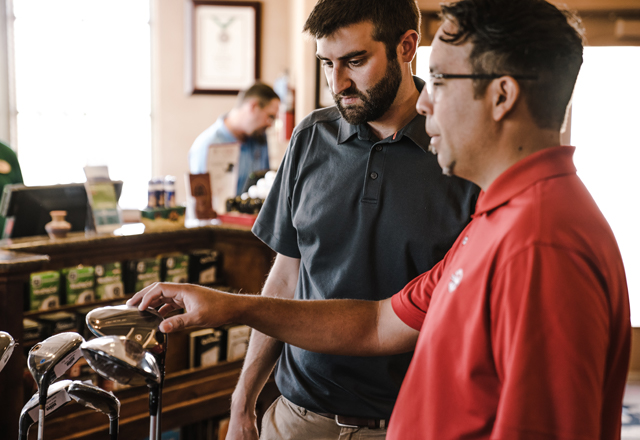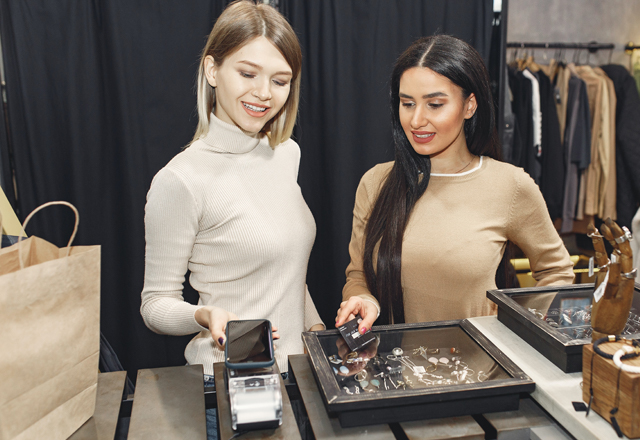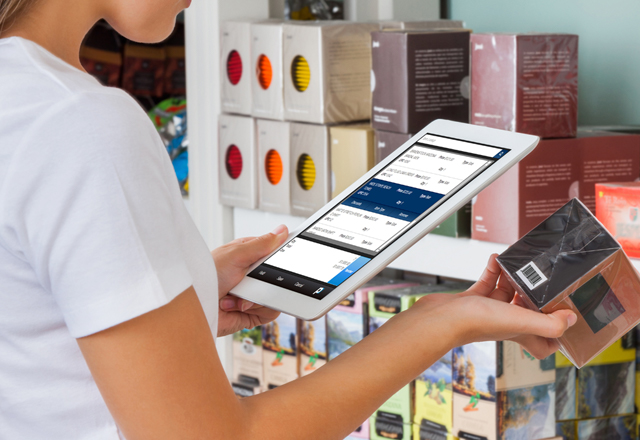Using Retail Pro Prism POS on mobile for your 2021 curbside & COVID-careful holiday shopping setup

Mobile POS systems can give sales-floor associates and customers flexibility, boost productivity and improve customer satisfaction.
Mobility with Retail Pro Prism supports creative ways to sell and promotes faster queuing. Both are likely to appeal to the ways today’s customers prefer to shop.
Mobility for curbside shopping

Remember back before the pandemic lockdown, when sidewalk sales were typically an annual summer event?
Now, with occupancy restrictions limiting the numbers of shoppers allowed in a store at a time, sidewalk sales are commonplace, bordering on routine occurrences.
Retailers with mPOS can be ready at any time to take credit or debit card payment for items, and the shopper can stay outside.
mPOS systems can also be used for curbside pickup, a solution crafted out of necessity but now — without a doubt– certain to stay. The ease of convenience of curbside pickup is not lost on anyone who has ever done errands with a toddler.
With the web-based Retail Pro Prism software, retailers get full POS functionality on the mobile device of their choice and integrated EFT to complete the transaction where it began – whether on the salesfloor or sidewalk.
An entire afternoon spent outdoors no longer necessarily involves hiking trails when the neighborhood’s finest restaurants are serving gourmet food under tents, and boutiques have set up popup stores next to Farmers’ markets.
On the salesfloor: The clienteling & endless aisle experience

The best sales associates act as a customer consultant: they are close at hand if help is desired, never overbearing and always pleasantly knowledgeable.
Retail Pro Prism mPOS lets associates walk around the floor, free to interact with and assist customers rather than be tied to the cash wrap, as they were in years gone by.
That ability to be in the customer’s orbit from the moment they arrive until they pay for their items helps enhance the customer experience because it builds rapport between shoppers and employees.
In some cases, returning shoppers ask to be helped by specific associates. Those retailers rightfully consider their excellent service “an offering.”
A retailer can also pull up user manuals for higher-consideration items and marketing materials that explain product features to answer customer questions.
In addition, mobile devices can help make Endless Aisle solutions a reality.
A limited showroom selection can easily be supplemented by a complementary selection of items available online, in colors, sizes and other variations too numerous to fit on a retail floor.
Purchases, returns, and orders: All-in-one time-saving checkout

Retail Pro Prism mobile POS speeds up the ordering process. The moment a customer decides to purchase something, the associate takes the payment right on the floor.
No more waiting in line, and often the interaction is completely paperless, as receipts are sent to email accounts.
During particularly busy seasons, mobile POS software can be used for “queue busting,” in which associates take payments within checkout lines, providing much-needed respite for overburdened cashiers.
And in Retail Pro Prism retailers can check out purchases, order out-of-stock or specialty items, and complete returns all in one transaction, saving everyone time.
mPOS makes the entire purchase process efficient and is in-tune with the customers’ preferences.
Customers can have a quick shopping experience with surgical precision and speedy curbside checkout, or a longer one, in which they view curated selections in an Endless Aisle, ask in depth questions about features, compare options and ultimately leave with the desired product ordered and accessories in–hand.
Flexibility is the name of the game.



















































